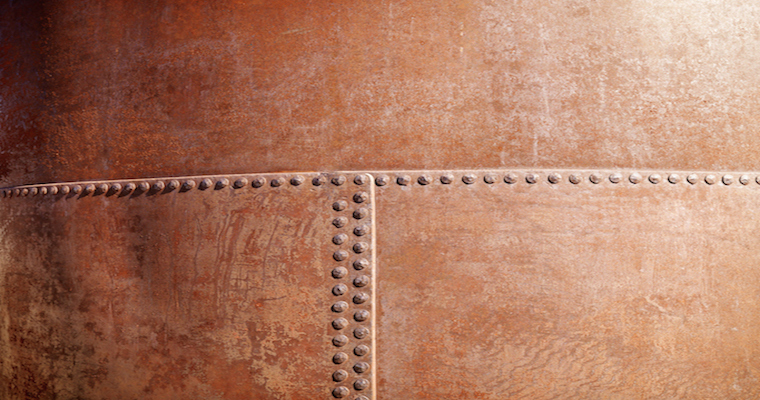Corrosion is the reason for Thomas Industrial Coatings. It’s a destructive and expensive natural phenomenon, but without it we wouldn’t exist. This relentless chemical process will undoubtedly set in if the proper precautions aren’t taken. But precisely because effective precautions have been discovered, it’s possible to keep corrosion at bay.

And it’s turned into big business. According to a study conducted by the National Association of Corrosion Engineers (NACE) and the Federal Highway Administration, corrosion costs the U.S. economy an estimated $276 billion annually and affects nearly every sector of industry.
Standard definitions of corrosion usually leave open the possibility that it can occur on other materials—wood, plastic, concrete, etc.—but the term is most commonly applied to the degradation of metals. In essence, corrosion is simply the reaction of a surface material to its environment.
As simple as that sounds, there’s actually quite a lot to it. But we’ll set aside the advanced chemistry for now. For our purposes as industrial painters, corrosion refers to the chemical or electrochemical process that degrades metal surfaces to the point where its physical properties, such as strength and hardness, no longer resemble the original.
Oxidation, or the electrochemical reaction of iron to oxygen, is one of the most common forms of corrosion. When oxygen reacts with iron, iron oxide, or rust, is formed. Since iron tends to be the largest component of steel, the most commonly used alloy used in infrastructure, the corroding of iron makes up the bulk of what is encountered on bridges, pipelines, penstocks and other steel structures.
NACE names five factors that have a large effect on the rate of corrosion: oxygen, temperature, chemical salts, humidity and pollutants. The presence of oxygen, high temperatures, chemical salts, frequent humidity and acid rain all accelerate rates of corrosion and need to be accounted for in a corrosion prevention strategy.
Corrosion can be an eyesore. But more than that, it can seriously compromise the structural stability of an asset and cause enormous financial setbacks if not adequately prevented. Whatever the costs of protecting a structure against corrosion, the costs of not protecting it are surely greater. That’s why there are so many people devoting so much of their time and energy to understanding corrosion and how to prevent it. Research and development, coatings production and application are all links in a chain, every one of which must be sound in order to win the battle against corrosion.


